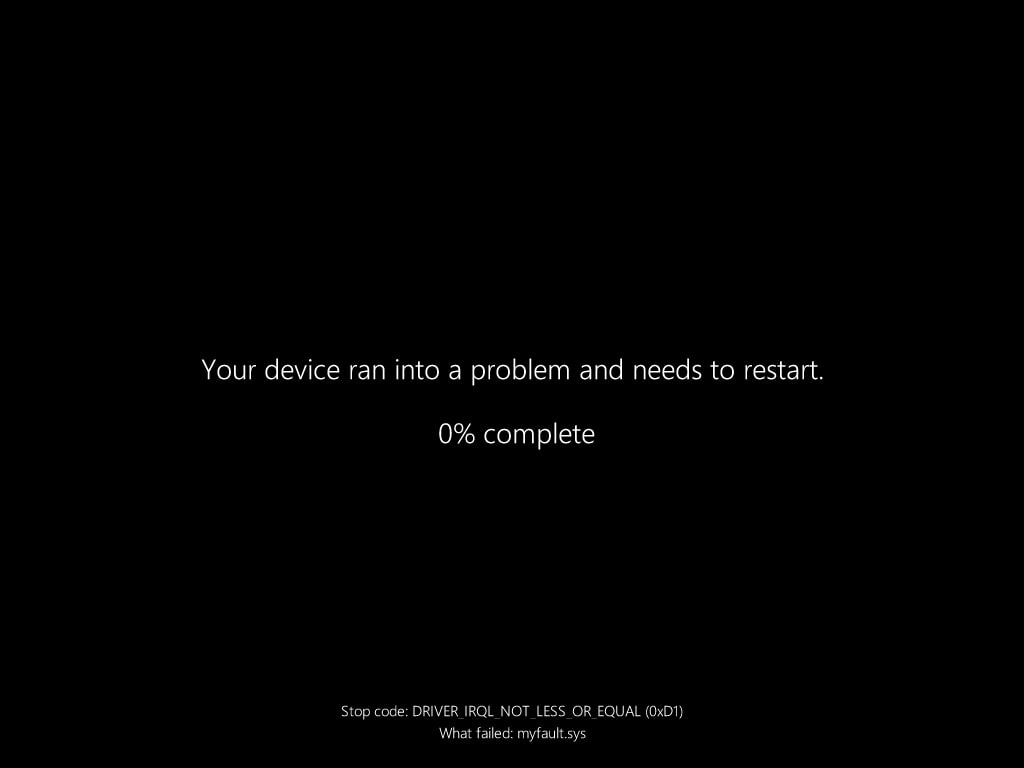After nearly four decades of haunting users with its infamous electric blue, Microsoft is officially retiring the Blue Screen of Death (BSOD). In its place: a simplified black screen designed to make system errors less intimidating, and more informative.
Also Read | ChatGPT Was the Most Downloaded App in the World Last Month
As part of its upcoming Windows 11 update rolling out later this summer, Microsoft is rolling out a Black Screen of Death, marking the biggest visual update to the error message in years. The BSOD is dead, long live the BSOD…
Gone are the bright blue hue, the sad face emoji, and even the QR code. The new BSOD ditches visual clutter in favor of a streamlined, high-contrast look, think more like a Windows update screen. But don’t worry: it still shows the critical info that matters, including stop codes and faulty drivers directly on-screen.
“This is really an attempt on clarity and providing better information,” says David Weston, VP of Enterprise and OS Security at Microsoft. “So we can fix it faster.”
This overhaul is part of a broader effort to boost system resiliency after last year’s CrowdStrike update disaster, which triggered BSOD errors across millions of machines. With the new Quick Machine Recovery tool debuting alongside the Black Screen of Death, Microsoft wants to make it easier for IT teams (and panicked users) to recover fast from fatal errors.
While it might feel like the end of an era, this change marks a new chapter in Windows diagnostics, one that’s cleaner, calmer, and closer to instant recovery.
Farewell, blue. You were iconic. But black is the new crash.

